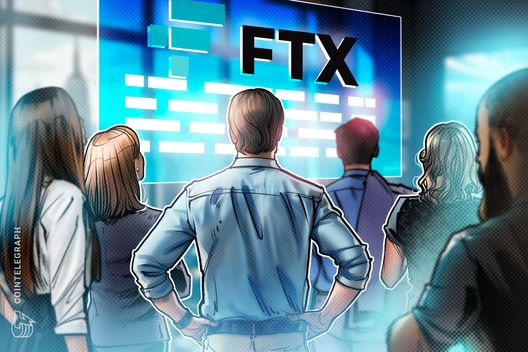In a significant development within the cryptocurrency landscape, recent statements from creditor representative Sunil have brought to light the uncertain future for FTX creditors. Following the exchange’s high-profile collapse, expectations for full payouts are now tempered by the current market trajectories of major cryptocurrencies like Bitcoin, Ether, and Solana.
“Given the current prices of Bitcoin, Ether, and Solana, creditors may receive only a fraction of what they anticipated,” warned Sunil, shedding light on the ongoing struggles faced by those who invested in the now-defunct exchange.
The volatility inherent to the cryptocurrency market adds an extra layer of complexity to the situation, as fluctuating asset values might significantly diminish recovery amounts. With Bitcoin, Ethereum, and Solana frequently swinging in value, creditors must now adjust their expectations accordingly. The results emphasize the importance of understanding market dynamics in the context of asset recovery and financial accountability following such a dramatic industry event.
FTX Creditors Payouts Overview
The current situation regarding FTX creditors reveals crucial financial insights that could significantly impact affected individuals. Below are the key points:
- Creditor Expectations: Creditors initially anticipated full or substantial payouts.
- Current Cryptocurrency Values: Adjusted payouts are largely influenced by the market prices of Bitcoin, Ether, and Solana.
- Creditor Representative Insight: Sunil indicates that creditors may receive only a fraction of their expected payouts.
- Market Volatility Impact: Fluctuating cryptocurrency values can drastically alter the final amount creditors receive.
Impact on Creditors: This situation may lead creditors to reassess their financial expectations and strategies for recovery.
- Financial Planning: Creditors may need to adjust their financial plans based on lower-than-expected payouts.
- Investment Decisions: Understanding the crypto market’s volatility is essential for future investments.
FTX Creditors Face Uncertain Recovery Amid Crumbling Crypto Values
As FTX creditors brace themselves for the fallout from the exchange’s collapse, recent insights reveal that payouts could amount to mere fractions of what was initially anticipated. This stark reality, as articulated by creditor representative Sunil, highlights how the fluctuating prices of Bitcoin, Ether, and Solana severely impact the recovery process. Given the volatile nature of cryptocurrencies, this scenario is not unique to FTX; we see parallels in other bankruptcies across the crypto landscape.
Competitive Advantages: Unlike FTX, some exchanges and platforms are using bankruptcy proceedings to streamline operations and protect clients by taking proactive measures to secure their assets. For instance, companies with diversified portfolios or those that have built robust risk mitigation strategies are currently better positioned than FTX to withstand market pressures. Furthermore, the willingness of other players to adopt regulatory compliance will enhance their credibility, potentially leading to improved investor trust and stronger market recovery.
Disadvantages: The primary disadvantage faced by FTX creditors stems from the lack of liquidity caused by falling crypto prices. As these assets devalue, creditors could end up receiving significantly less than they hoped for, casting a shadow over their financial futures. Additionally, the ongoing market volatility can discourage new investments and exacerbate the distress felt by creditors, leading to a more protracted recovery period. This environment could ultimately lead to a loss of confidence in the crypto economy as a whole.
In this shifting landscape, early-stage investors and those heavily reliant on cryptos like Bitcoin, Ether, and Solana may find themselves at a distinct disadvantage. Conversely, seasoned investors who strategically diversify their portfolios could benefit by capitalizing on the market’s inherent instability. Those with strong risk management practices will likely navigate these turbulent waters more successfully, creating opportunities even as others falter.

















